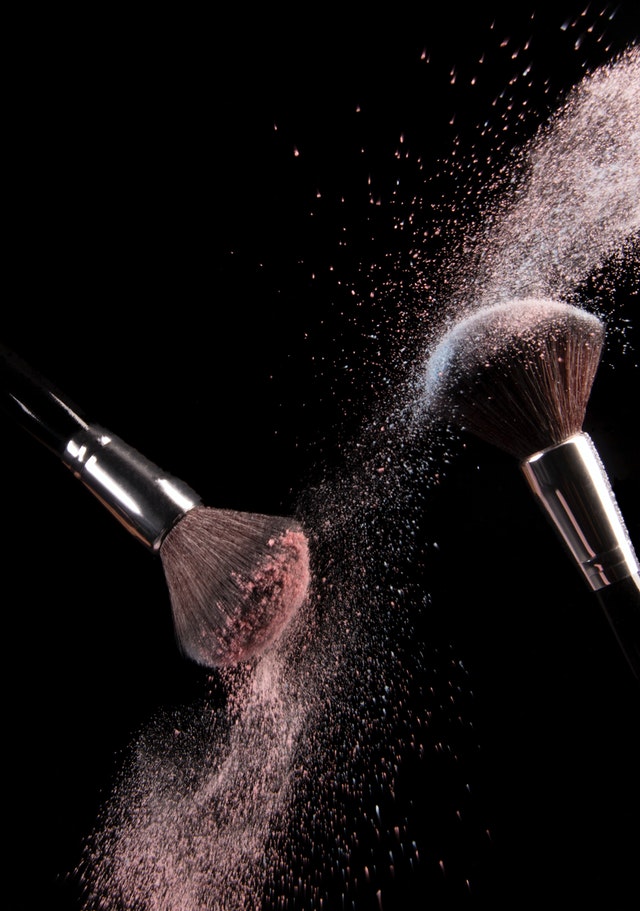During the Second World War, women wanted to be free from stockings, and a liquid foundation was born to solve that problem. This new liquid foundation was sweatproof, and the blemish-covering liquid was not transferable. Then, cosmetic chemists worked to micronize powders to a fineness never before seen. The resulting powder did not streak, dry, or settle and blended seamlessly with the skin. A new foundation formula was born, and it was a revolutionary breakthrough.
Guide
The foundation can be a minefield if you’re new to makeup. With so many choices, you have so many options. To simplify your foundation makeup shopping, we’ve written this guide to help you select the right one. First, we’ll walk you through the basics of choosing a foundation base.
First, you’ll need to choose the right shade of foundation. The color of your foundation should match your skin tone as closely as possible. However, it doesn’t have to be perfect. Generally, the lighter your foundation color, the better since it will look more natural as the day goes by. In addition, remember that the color of the foundation will oxidize on your face and get darker over time. So make sure to swatch a shade on your forearm first to find the one that will work well for your skin tone.
Benefits
Several types of foundations are on the market, including liquid, powder, and cream. The benefits of using foundations vary greatly. The first type is water-based, and this is the least expensive and easiest to apply. Powder-based foundations can be laid using a brush or sponge, but liquid foundations are typically better for covering imperfections. Water-based foundations tend to be lighter than cream ones, but they are still quite influential around the eye.
The next type of foundation is a hybrid product. It contains vitamin C, antioxidants, and peptides; some have sunscreen. This product should not replace your skin-care regimen but be a supplement to it. These products provide a natural-looking base without adding bulk.
Application methods
Different application methods can produce a wide variety of results depending on the type of foundation and the skin type. For instance, applying foundation with your fingers provides a sheer finish that blends seamlessly into the skin. The trick to a successful foundation application is to use a small amount of the product and incorporate it into your skin before moving on to the next step. This is ideal for a quick makeup look that does not require much coverage. Also, if your skin tone is even, you probably won’t need to use a foundation or concealer, which will still look great.
Start at the middle of the face and work your way outward for the most natural-looking foundation. Use a wet sponge or finger to dab the foundation onto the skin. Remember to apply your foundation in small, circular strokes, starting at the center of your face and blending it towards the hairline. Don’t forget your chin, and use stippling motions to blend out the edges. These techniques will help you achieve an even look all over your face.
Ingredients
An essential ingredient in foundation makeup is talc, a mineral mined from the earth. Other components include emollients, pigment, and binding agents. Some powder foundations contain wax, which can be either natural or synthetic. A water-based foundation is an option for those who prefer a more fluid consistency. These products can be applied using a sponge or dry brush.
Another common ingredient found in the foundation is parabens. Parabens are a class of chemicals that can cause irritation and disrupt hormones. These chemicals are extremely harmful and are commonly used in 70-90% of cosmetic products. This ingredient is a major cause of acne in men and can be detrimental for women, especially if you have sensitive skin. You may want to avoid these chemicals and opt for a more natural foundation instead.
Choosing the right shade
Finding the right foundation shade is tricky, especially if you don’t get any in-store testing. Fortunately, there are several tricks to finding the perfect shade: find the undertone, find a shade group, and ask your friends for recommendations. Then, after narrowing down the selection to two shades, try to find a foundation that matches your undertone. This way, you’ll indeed find a color that compliments your complexion.
Once you’ve narrowed down the colors that look good on you, try a swatch of each foundation shade against your jawline and cheeks. If unsure of your undertone, dab a cotton bud soaked in makeup remover along the jawline. You must select a darker shade if the shade is not as light or dark as you prefer. Repeat this process until you’ve found the perfect match.



